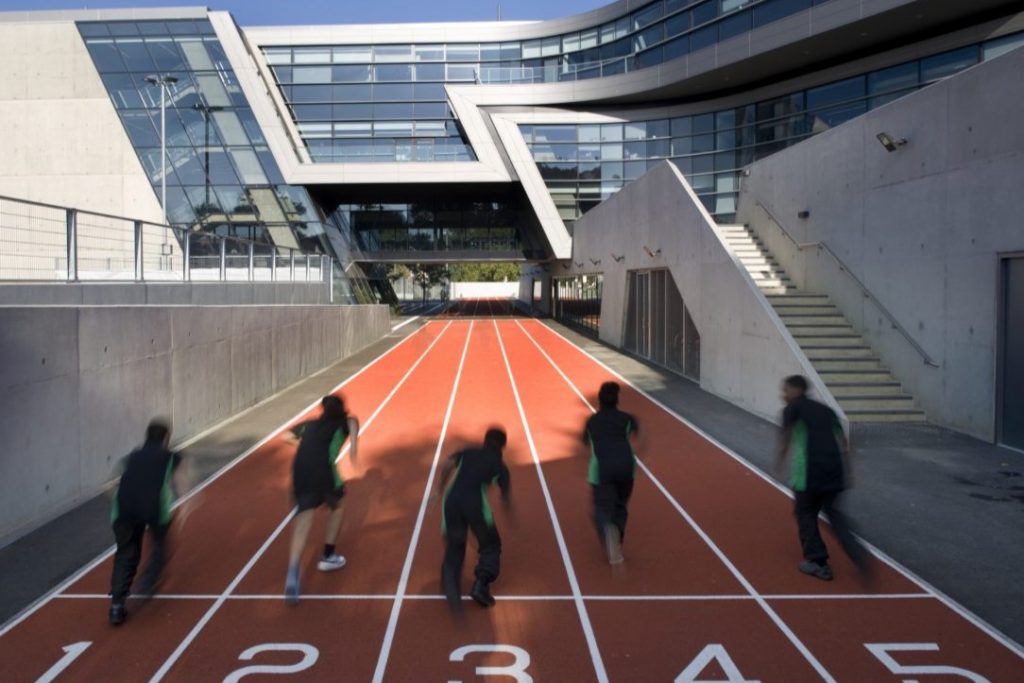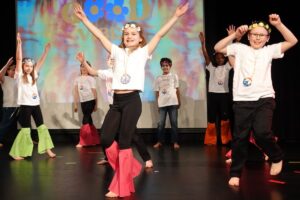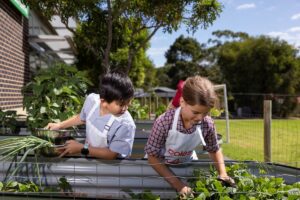WORDS: Dr Nathan James Crane
Embracing the rapidly increasing possibilities these spaces could or should include, has led designers and school leaders to redefine expectations on what contemporary sports amenities can be. There are several key trends which have emerged over the last few years globally, which are starting to be integrated into new and existing design developments across the state.
Technology integration
In the age of digital innovation, school-based sports facilities are embracing technology to enhance the overall experience for students and educators alike. Increasingly, there is a shift away from traditional sports equipment, as schools increasingly adopt smart technologies to engage students in physical activities. From interactive sports surfaces to augmented reality-enhanced training programs, technology is bringing a futuristic edge to these spaces.
Smart sports equipment, such as basketballs equipped with sensors or interactive climbing walls, not only make physical activities more engaging but also offer valuable data insights. Coaches can analyse performance metrics, track progress, and tailor training programs to individual needs. Additionally, schools are incorporating virtual reality (VR) and augmented reality (AR) elements to simulate realistic game scenarios, providing students with immersive and educational sporting experiences.
The $88 million South Australian Sports Institute (SASI) and UniSA Sports Science Hub, set to open in 2024, will revolutionise high-performance sports research and education. The state-of-the-art facility, co-located with the National Centre for Sports Aerodynamics, will offer cutting-edge technology for athlete preparation. With the government investing $68 million and UniSA contributing $20 million, the hub aims to attract national and international teams, benefitting from improved talent identification and pathways. SA school students will also enjoy enhanced opportunities for interaction, inspiration, and participation in sports, while the inclusive design accommodates Para-athletes, promoting excellence in research, teaching, and commercialisation collaborations.
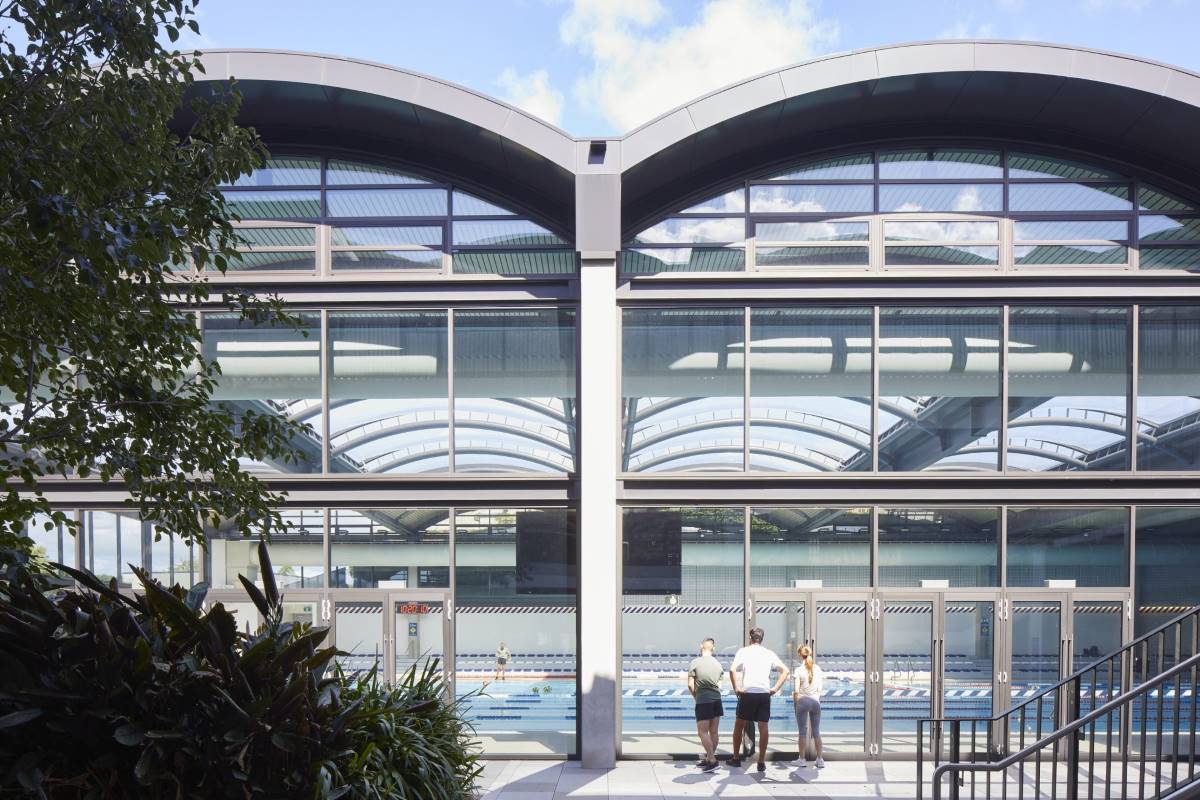
Inclusivity
Inclusivity has become a central theme in the design of school-based sports facilities. Today’s designers are striving to create spaces that accommodate the diverse needs and abilities of all students. Wheelchair-accessible sports surfaces and adaptive sports equipment are just a few examples of how inclusivity is taking centre stage in the evolution of these spaces.
Inclusive design goes beyond physical accommodations too. Schools are fostering an inclusive sports culture by offering a variety of sports and activities that cater to different interests and skill levels. This not only encourages participation among a broader spectrum of students but also promotes a sense of community and teamwork. Inclusive and universal design aims to create accessible and equitable environments, products, and systems for people of all abilities. It seeks to eliminate barriers, promote equal opportunities, and prioritize user needs throughout the design process. This approach emphasizes flexibility, user-friendly interfaces, and the promotion of dignity and independence. By fostering a culture of social inclusion, inclusive design envisions a world where everyone can fully participate in various aspects of life, including sport.
Sustainability
With an increased awareness of environmental issues, sustainability has become a driving force in the design of school-based sports facilities. From energy-efficient lighting systems to eco-friendly construction materials, schools are making conscious choices to reduce their environmental footprint.
Artificial turf made from recycled materials, solar-powered lighting, and rainwater harvesting systems are just a few examples of how sustainability is being woven into the fabric of these spaces. Beyond the immediate environmental impact, schools are also leveraging sustainable design as an educational tool, teaching students about responsible resource management and the importance of eco-friendly practices.
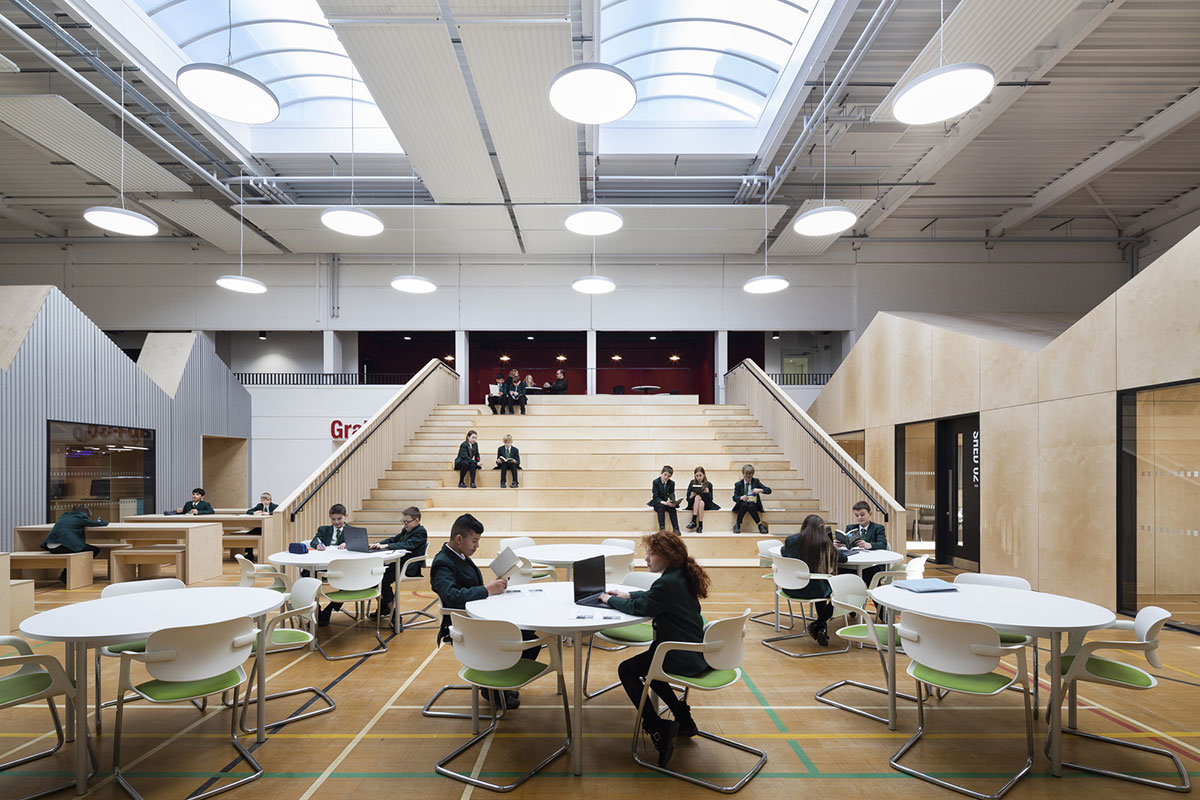
Multi-use spaces
The traditional delineation between sports facilities and other areas of a school is fading away as the demand for multi-use spaces rises. Schools are recognizing the need for versatile spaces that can serve various functions, from sports events and assemblies to community gatherings and outdoor classrooms.
Flexible designs, retractable seating, and modular equipment are allowing sports facilities to transform seamlessly into different configurations. This adaptability not only maximizes the utility of these spaces but also fosters a sense of community engagement by accommodating a diverse range of activities.
While these trends are a burgeoning concept for our South Australian context, their incorporation contributes to the creation of dynamic environments that go beyond the traditional, even colloquial notion of a ‘sports gymnasium’. As school-based sports facilities continue to evolve, they are not just spaces for physical activity but integral components of holistic education. These trends not only reflect the changing needs of educational institutions but also play a pivotal role in shaping the future of education by promoting innovation, diversity, and community engagement. In the sports facilities of today, we witness the blueprint for a more inclusive, sustainable, and technologically advanced educational experience, both locally and abroad.
Dr Nathan James Crane is a design writer and educator and is Chair of the SA/NT Branch of the Design Institute of Australia.
For more information:
